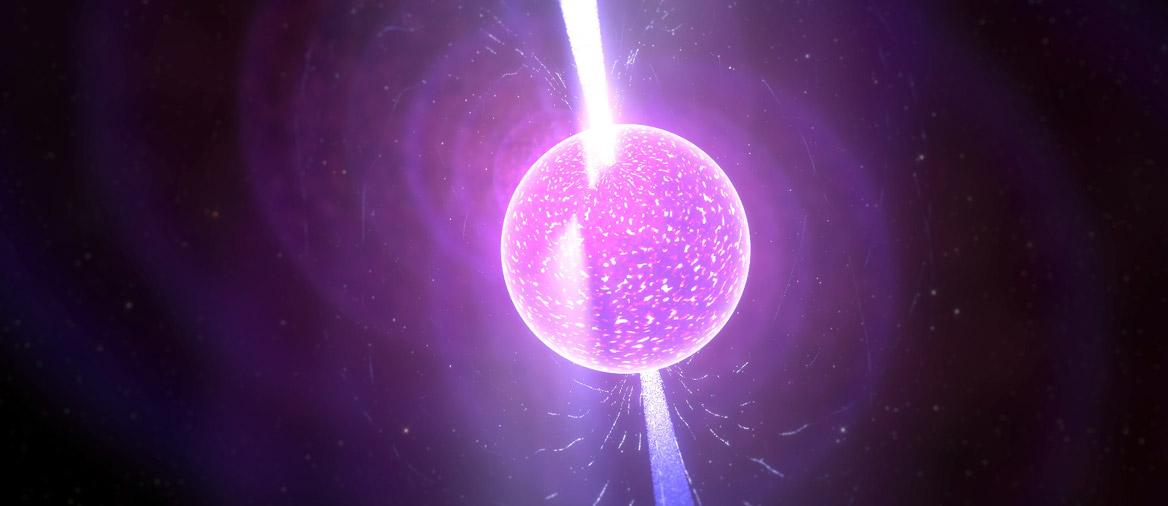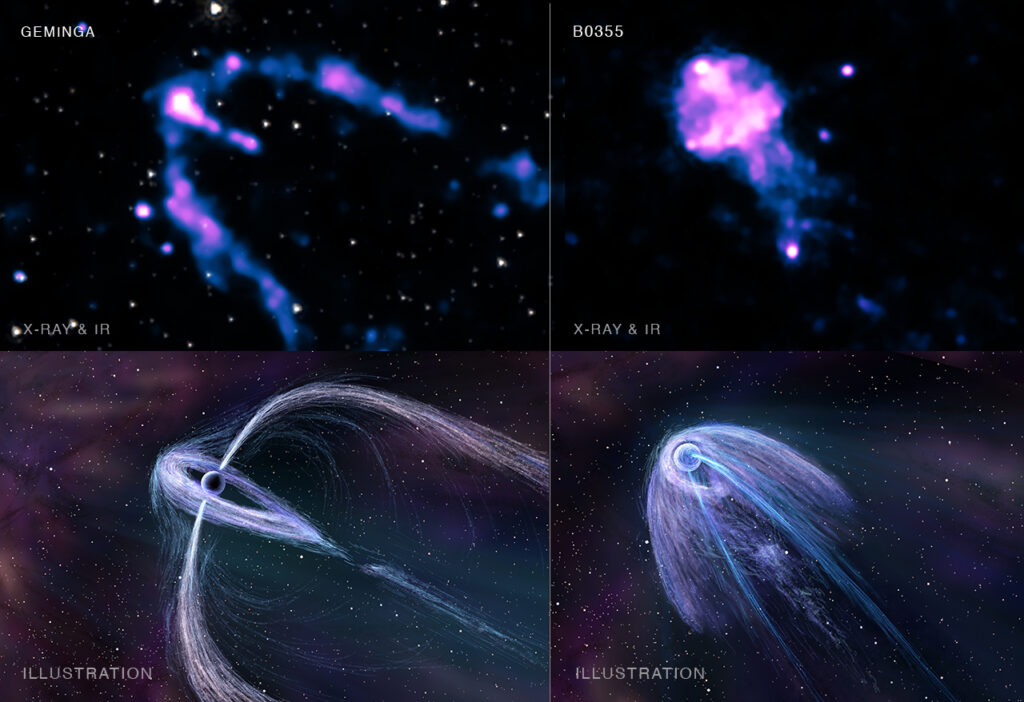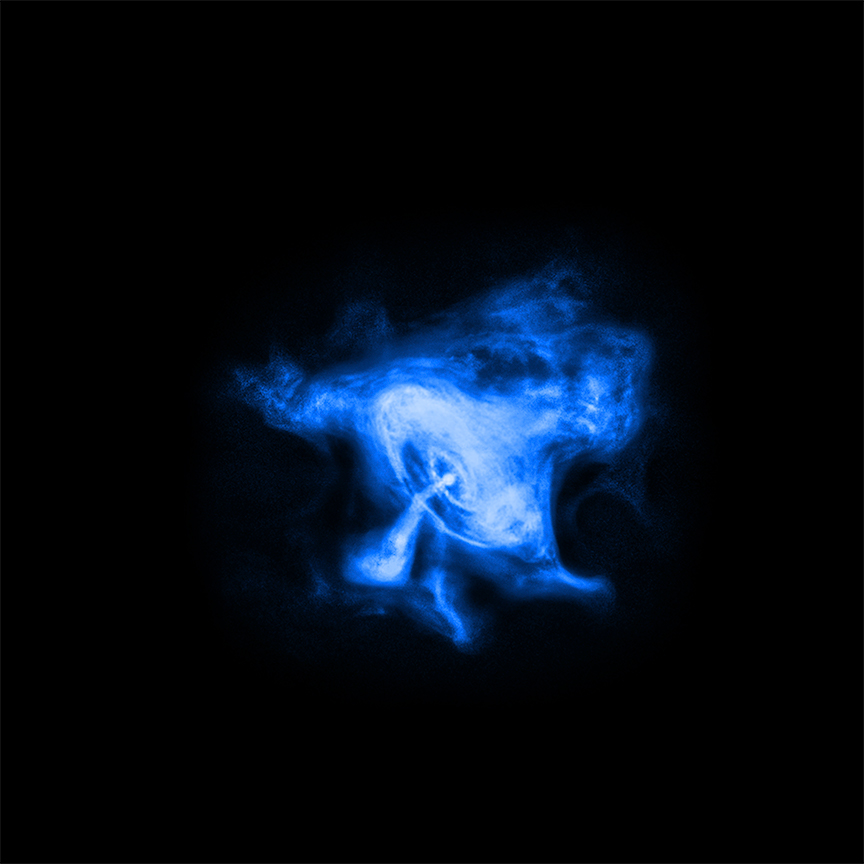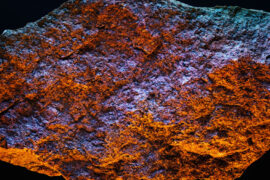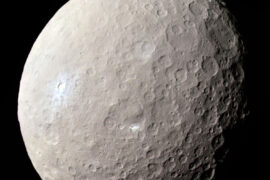Imagine you are in the 1960s analyzing the data of a brand-new radio telescope. One of the first things you detect is a repeating signal that “pulses” exactly every 1.33 seconds. No natural object that we know of emits a radio frequency so precisely and at such fast rates. Interference from Earth sources has already been ruled out.
What would you think this is?
If you ask me, I would start announcing the discovery of an alien civilization right away.
But that’s why I’m no scientist.
This is exactly what happened to Jocelyn Bell in 1967. Thankfully, she had the composure to not do what I would have done and instead stuck to the scientific method and figured out that the signal was coming from a star that was rotating really fast. That’s how she and Anthony Hewish (the designer of the telescope they were using) discovered the existence of Pulsars. Bell and Hewish won the Nobel prize in Physics seven years later for the discovery.
What is a pulsar?
A pulsar is a type of neutron star that rotates really fast and shoots out a “beam” of electromagnetic radiation out of its poles. Because they can only be “seen” from Earth every few seconds, it looks as if they were being turned on and off, but this is not the case. The reason for this phenomenon is that they can only be detected by us when the beam is pointed in our direction. Kind of like a lighthouse from the sea at night.
All pulsars are neutron stars, but not all neutron stars are pulsars. They are just a type out of three main categories of neutron stars that include magnetars and pulsar-magnetar hybrids.
But what is a neutron star then?
Neutron stars are really interesting. They are the smallest, but also the densest types of stars that we know. This means they have huge amounts of mass concentrated in a very small space. For reference, the average pulsar has a radius of only 6 miles (10 kilometers), and in that small space, it has 40% more mass than our Sun which has a radius of 432,690 miles (696,340 km).
Pulsars – and all neutron stars – do not generate new heat as they don’t fuse any materials like a traditional star. At the moment they are born, they are extremely hot, and they slowly cool down as they emit energy and heat. This process lasts billions of years, or so we believe, because that part of the cycle is so slow that the universe is not old enough for one neutron star to have finished that process. So even though we have predictive models about what might happen to them, it is going to be a looong time before we can actually see what happens when a neutron star dies.
How are pulsars formed?
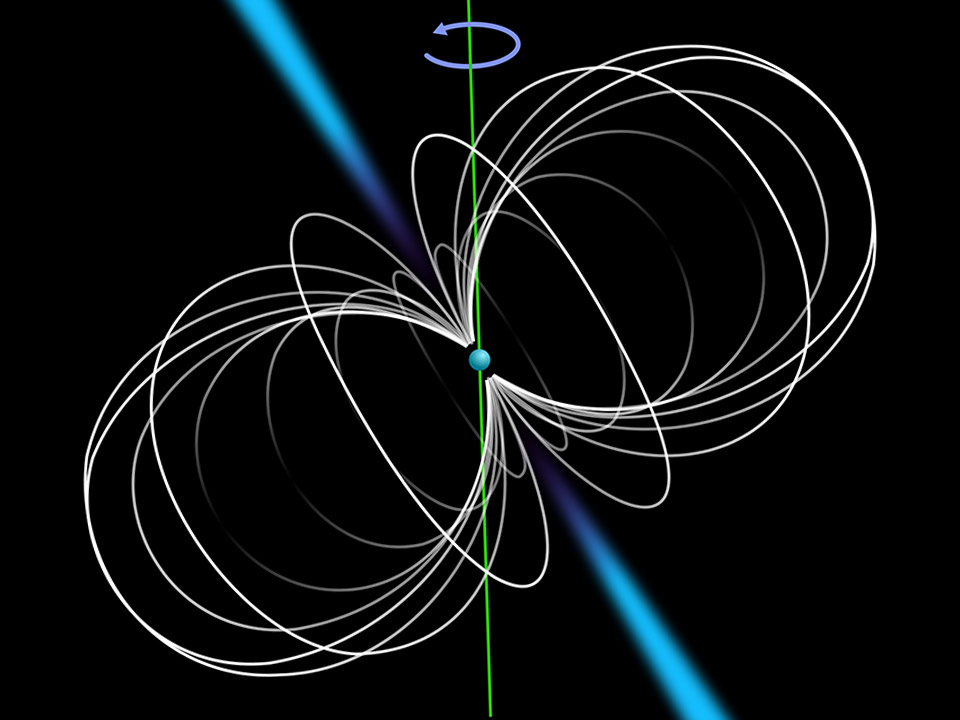
Pulsars are formed when a supergiant star explodes into a supernova. As a result, these massive stars leave behind their core and A LOT of material that collapses unto itself to form a neutron star.
Even after the supernova event, the core of the star keeps the same momentum and keeps on spinning around its axis. But since the remaining neutron star is many, many times smaller than the original massive star, it rotates much faster. This is why pulsars can rotate sometimes multiple times per second.
Sometimes, these neutron stars rotate so fast that they generate an electric field that accelerates protons and electrons across their axis so fast that they shoot them out from their poles like a beam. This electromagnetic beam exits from both poles and it is what we can detect on Earth. This is how pulsars are formed.
Pulsars no longer fuse materials or generate heat like a star. They only lose it. Because of this, pulsars slow down more and more as time passes. Eventually, they slow down so much that the pulses stop and that’s when the star’s phase of being called a “pulsar” ends. The average lifespan of a pulsar is about 10 million years.
On some occasions, when the pulsar is really big (close to 30 Sun masses), it might collapse and form a black hole.
Photos of pulsars
As you might guess from their nature, pulsars are very hard to photograph. The best “images” we have of them are color-shifted images of X-ray data.
Still, here are a couple of shots that astronomers have managed to get.
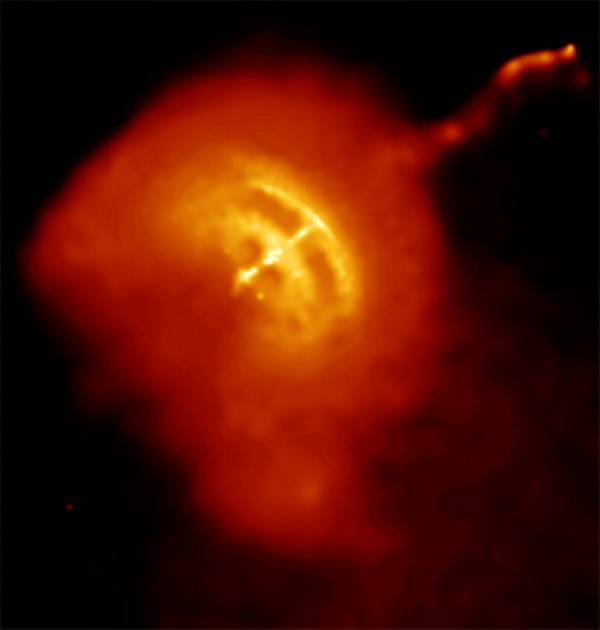
The Vela pulsar, located in the constellation of Vela, is one of the closer pulsars to Earth. It is “only” 936 light-years away. At the top of the image, you can see the stream or beam that it emits.
Here are two pulsars photographed by the Chandra observatory. On the left is the one called Geminga, and the one on the right doesn’t have a proper name and is simply designated as B0355+54. At the bottom, you can see the artist’s representation of both of these.
This is an image of the Crab nebula, which is interesting because it is “powered” at its core by a pulsar.
Summary
- Pulsars are a type of neutron star that “pulses” a beam of electromagnetic radiation as it rotates rapidly.
- Pulsars are formed after a massive star explodes in a supernova and only its dead core (a neutron star) remains.
- All pulsars are neutron stars but not all neutron stars are pulsars.
- Pulsars don’t generate fusion so they are constantly slowing down and cooling down although this process takes millions of years.

